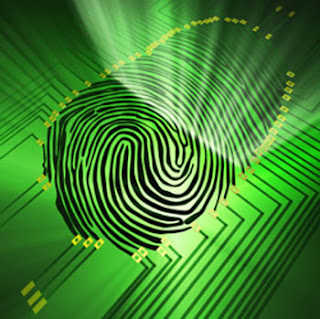Many personal computer operating systems include software-based firewalls to protect against threats from the public Internet. Many routersthat pass data between networks contain firewall components and, conversely, many firewalls can perform basic routing functions.
HISTORY:
 The term firewall originally referred to a wall intended to confine a fire or potential fire within a building; cf. firewall (construction). Later uses refer to similar structures, such as the metal sheet separating the engine compartment of a vehicle or aircraft from the passenger compartment.
The term firewall originally referred to a wall intended to confine a fire or potential fire within a building; cf. firewall (construction). Later uses refer to similar structures, such as the metal sheet separating the engine compartment of a vehicle or aircraft from the passenger compartment.Firewall technology emerged in the late 1980s when the Internet was a fairly new technology in terms of its global use and connectivity. The predecessors to firewalls for network security were the routers used in the late 1980s:
- Clifford Stoll's discovery of German spies tampering with his system
- Bill Cheswick's "Evening with Berferd" 1992 in which he set up a simple electronic to observe an attacker
- In 1988, an employee at the NASA Ames Research Center in California sent a memo by email to his colleagues that read, "We are currently under attack from an Internet VIRUS! It has hit Berkeley, UC San Diego, Lawrence Livermore, Stanford, and NASA Ames."
- The Morris Worm spread itself through multiple vulnerabilities in the machines of the time. Although it was not malicious in intent, the Morris Worm was the first large scale attack on Internet security; the online community was neither expecting an attack nor prepared to deal with one.

